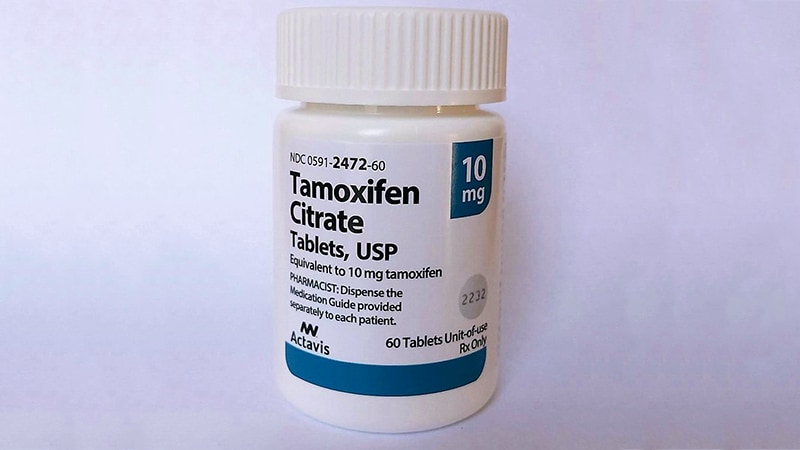PRMT5 Enzyme Role in Tamoxifen Therapy for Breast Cancer Revealed
Conceitos Básicos
PRMT5 enzyme plays a crucial role in predicting the response to tamoxifen therapy in premenopausal women with breast cancer.
Resumo
The Lyon Cancer Research Center team discovered the significance of the PRMT5 enzyme in tamoxifen therapy for breast cancer. The study, led by Muriel Le Romancer and Olivier Trédan, highlighted the potential of PRMT5 as a predictive marker for tamoxifen response. The research, published in EMBO Molecular Medicine, focused on hormone resistance, methylation, and breast cancer.
Tamoxifen is a hormone therapy for premenopausal women with hormone-sensitive breast cancer.
Aromatase inhibitors are preferred for postmenopausal women.
Tamoxifen resistance occurs late and affects 25% of patients.
PRMT5 in the nuclei of tumor cells influences tamoxifen's antitumoral action.
High nuclear PRMT5 expression correlates with prolonged survival in tamoxifen-treated patients.
Future research aims to understand PRMT5's nuclear translocation mechanisms.
Breast Cancer: Hope in Sight for Improved Tamoxifen Therapy?
Estatísticas
"Tamoxifen is prescribed to premenopausal women with hormone-sensitive cancer, which equates to roughly 25% of women with breast cancer: 15,000 women each year."
"25% of women treated with tamoxifen relapse."
"High nuclear expression of PRMT5 is associated with prolonged survival of tamoxifen-treated patients."
Citações
"By predicting the response to tamoxifen using a marker, we will be able to either use another hormone therapy to prevent the relapse or prescribe tamoxifen alongside a molecule that stops resistance from developing."
"The use of this biomarker is based on histological examination of cancer tissue."
Principais Insights Extraídos De
by Vincent Rich... às www.medscape.com 08-24-2023
https://www.medscape.com/viewarticle/995805
Perguntas Mais Profundas
How can personalized medicine impact the future of breast cancer treatment?
Personalized medicine in breast cancer treatment involves tailoring therapies based on individual characteristics of the patient and their tumor. By utilizing biomarkers like PRMT5 to predict responses to specific treatments such as tamoxifen, personalized medicine can lead to more targeted and effective interventions. This approach can help avoid unnecessary treatments, reduce side effects, and improve outcomes by selecting the most suitable therapy for each patient based on their unique genetic makeup and tumor characteristics.
What are the potential drawbacks or limitations of relying on PRMT5 as a predictive marker for tamoxifen response?
While PRMT5 shows promise as a predictive marker for tamoxifen response, there are potential drawbacks and limitations to consider. One limitation is the need for further validation in different patient cohorts to ensure its reliability and accuracy across diverse populations. Additionally, the complexity of the mechanisms involved in PRMT5's role in tamoxifen response may pose challenges in translating these findings into clinical practice. There is also a risk of false positives or negatives, which could lead to incorrect treatment decisions if PRMT5 is solely relied upon as a predictive marker.
How can advancements in breast cancer research influence treatment options for other types of cancer?
Advancements in breast cancer research, such as the identification of predictive markers like PRMT5, can have a significant impact on treatment options for other types of cancer. Understanding the molecular mechanisms underlying treatment responses in breast cancer can provide insights into similar pathways in other cancers. For example, if PRMT5 is found to be a key player in tamoxifen response, similar mechanisms may exist in other hormone-sensitive cancers, leading to the development of targeted therapies across different cancer types. This cross-disciplinary approach can pave the way for more effective and personalized treatments in various forms of cancer.
0
